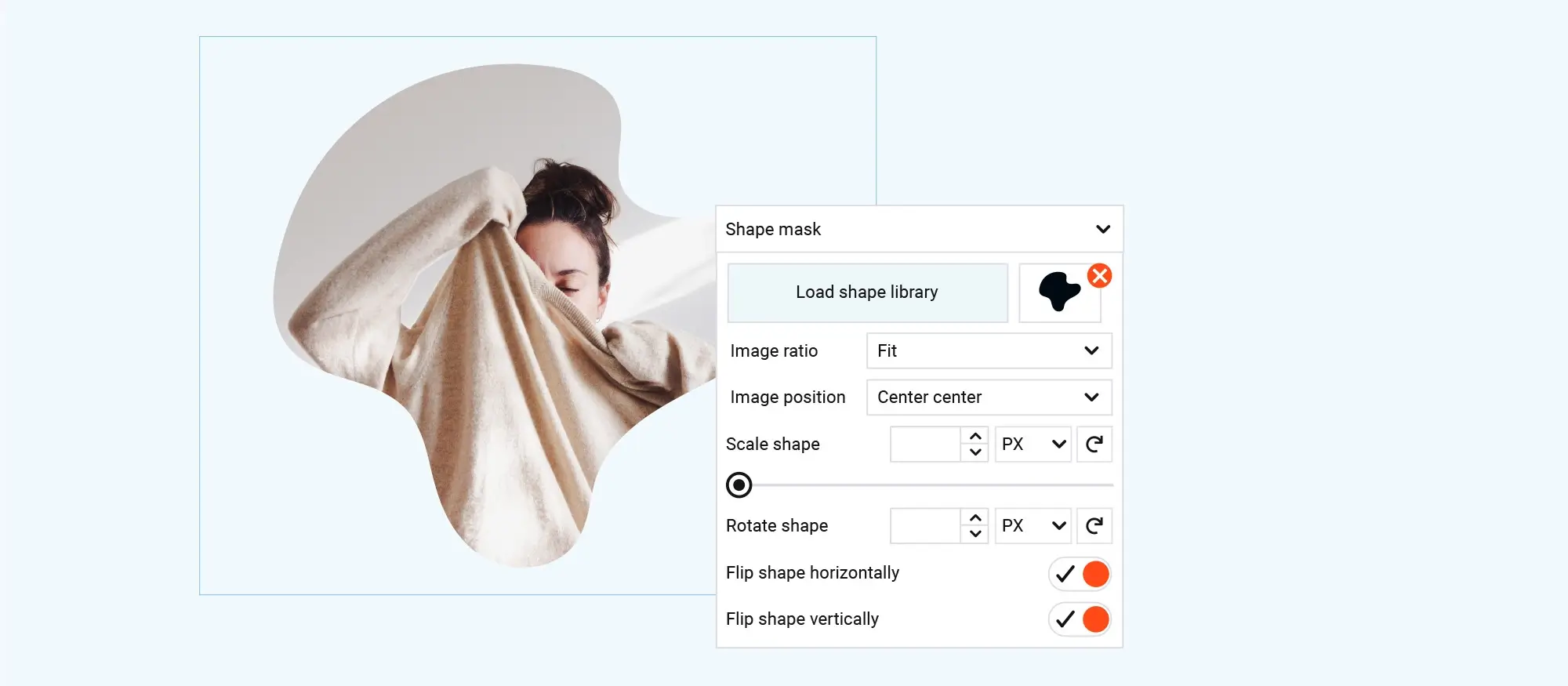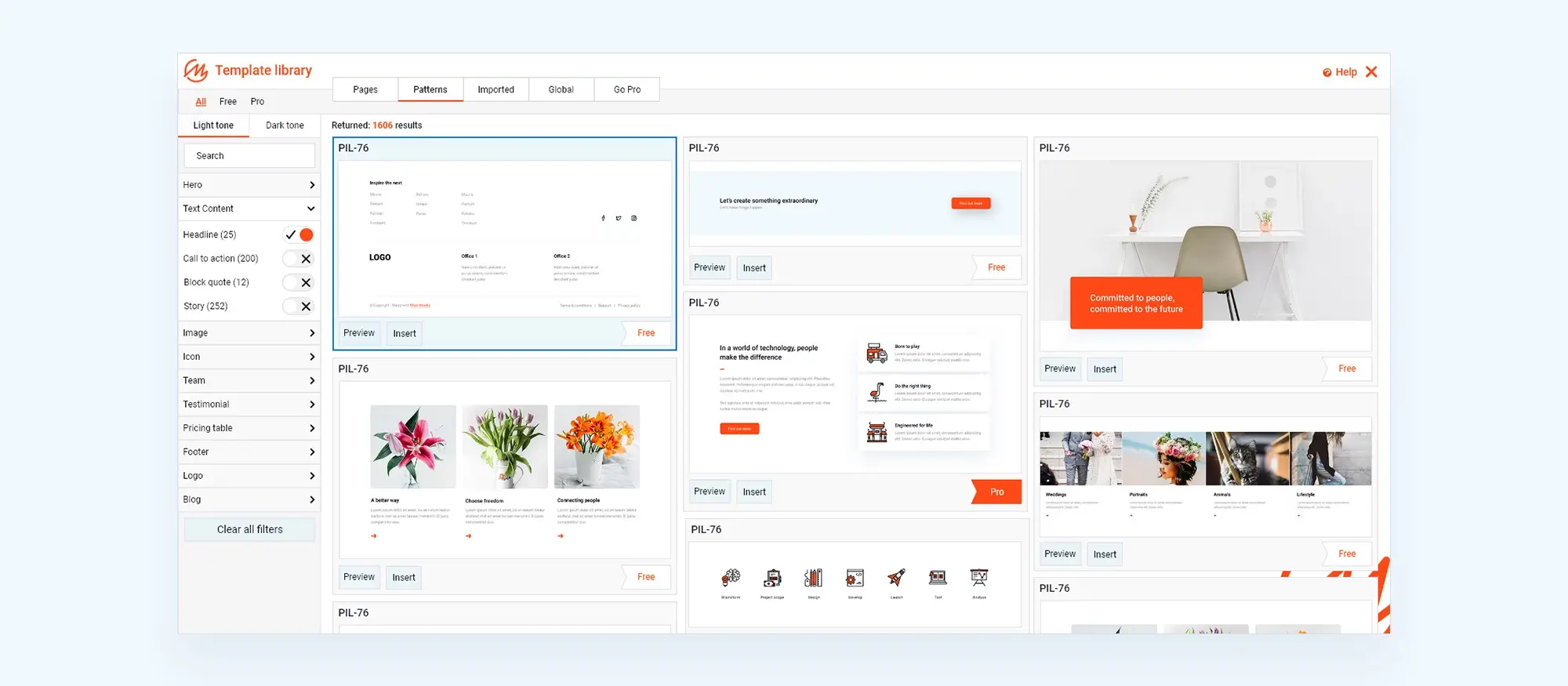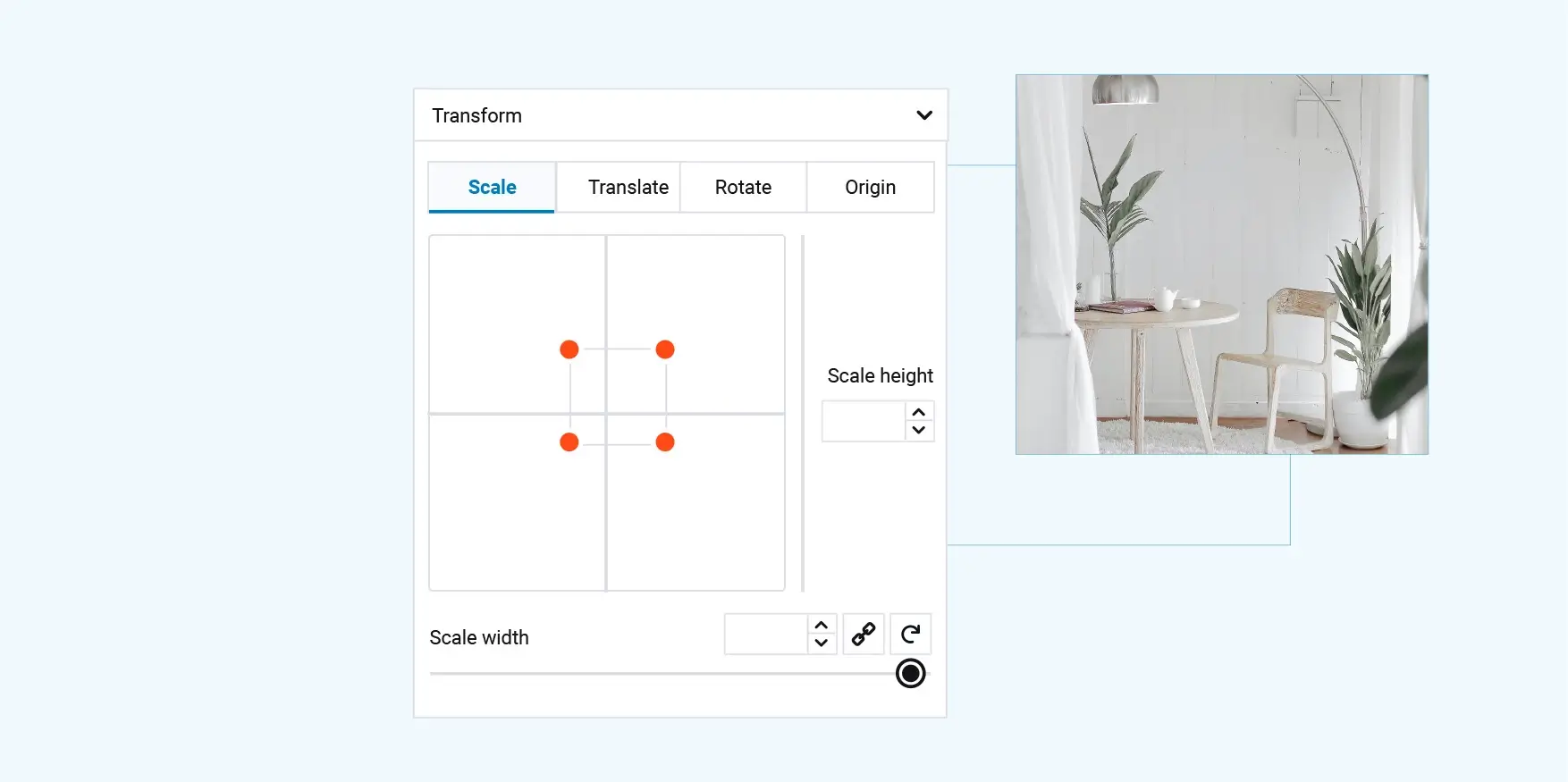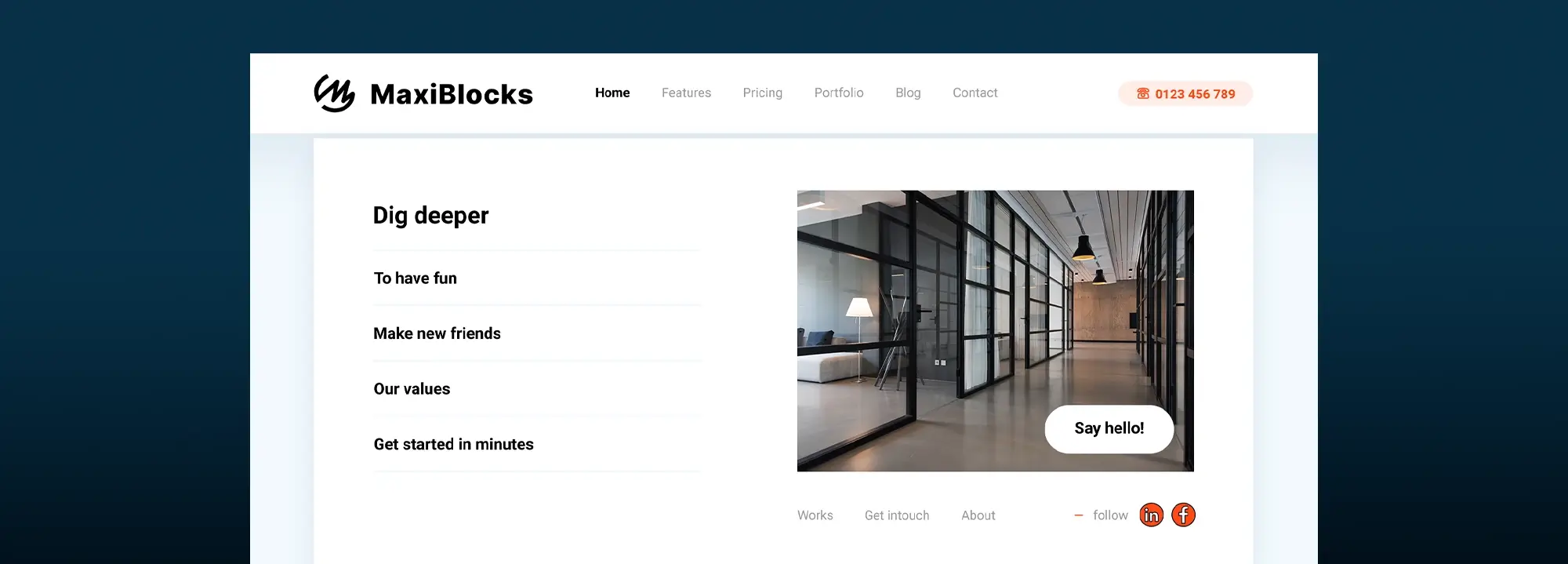Optimising WordPress for speed: Best practices for developers
Try MaxiBlocks for free with 500+ library assets including basic templates. No account required. Free page builder, theme and updates included. Start now

Website speed is more important when designing your WordPress website. A fast-loading site keeps visitors engaged and helps you rank better in search engine results. This post focuses on how developers can optimise WordPress to load quickly and run smoothly. If you’re just getting started with WordPress, you might find this beginner’s guide helpful.
Understanding the importance of website speed
Speed affects how long visitors stay on your site and whether they come back. Slow websites can frustrate users and drive them away. Moreover, search engines like Google consider speed when ranking sites. Faster websites often appear higher in search results. There are many studies showing that a quick-loading site can improve engagement and conversion rates. For more insights, you can check out these case studies on successful WordPress website designs.
Choosing the right hosting provider
Your choice of hosting provider can greatly impact your site’s speed. There are different types of hosting: shared, VPS, and dedicated hosting. Shared hosting is cheaper but can be slower since resources are shared with other websites. VPS and dedicated hosting are more expensive but offer better performance. Consider the location of the hosting servers as well. Servers closer to your target audience can reduce load times.
Efficient theme and plugin selection
Not all themes and plugins are created equal. Some are more lightweight and better coded than others. When choosing a theme, look for one that is optimised for speed. Avoid themes that are overloaded with features you do not need. The same goes for plugins. Only use well-coded plugins and avoid installing too many, as this can slow down your site. For more tips on themes, you might find this guide on WordPress themes useful.
Caching techniques
Caching can significantly improve your website’s speed. There are two main types of caching: browser caching and server-side caching. Browser caching stores parts of your website in the visitor’s browser, so it loads faster on return visits. Server-side caching involves storing copies of your site on the server to speed up page delivery. There are many WordPress plugins available that make caching easy to implement.

Minimising HTTP requests
Each time a visitor loads a page, their browser makes multiple requests to the server. These requests can add up and slow down your site. Minimising the number of HTTP requests can help improve speed. You can do this by combining files, such as CSS and JavaScript, and by reducing the number of images and other elements on your pages. Learning about custom layouts can also help streamline your design to reduce requests.
Image optimisation
Large images can significantly slow down your website. It is important to compress images without losing too much quality. There are several tools and plugins available that can help you compress images effectively. Different image formats, like JPEG, PNG, and WebP, have different strengths and should be used appropriately. More about image handling can be found in this article on modern web design.
Content delivery networks (CDN)
A CDN can help improve your website’s speed, especially for visitors who are far from your server’s location. A CDN stores copies of your site on servers around the world, so it can deliver content faster to users based on their location. There are several CDN services that integrate well with WordPress.
Subscribe to our newsletter
Database optimisation
Regular database maintenance is important for keeping your site fast. Over time, your WordPress database can become cluttered with unnecessary data. There are plugins that can help you clean up and optimise your database. You can also perform manual optimisations by deleting old revisions, spam comments, and unused data. Understanding WordPress development can provide deeper insights into effective database management.
Enabling GZIP compression
GZIP compression reduces the size of your files before they are sent to the browser, which can speed up your site. Enabling GZIP on your WordPress site is usually straightforward and can be done through your hosting provider or with a plugin. Compressed files load faster, which can improve your website’s performance.
Minifying CSS, JavaScript, and HTML
Minifying your code means removing unnecessary characters, such as spaces and comments, to reduce file size. This can help your site load faster. There are plugins available that can minify your CSS, JavaScript, and HTML files automatically. You can also minify your code manually if you prefer. For more on customising your code, this guide on WordPress theme customisation can be helpful.
Lazy loading
Lazy loading is a technique where images and other elements are only loaded when they are needed. This can improve your site’s speed by reducing the initial load time. Implementing lazy loading in WordPress is relatively simple with the help of plugins designed for this purpose.

Reducing server response time
The time it takes for your server to respond to a request can impact your site’s speed. You can measure server response time using various tools. Improving server response time can involve upgrading your hosting plan, optimising your database, and reducing the number of plugins you use. For more advanced techniques, explore this article on professional WordPress design.
Build like a pro
Regular monitoring and testing
To keep your site running quickly, it is important to monitor and test its performance regularly. There are several tools available for speed testing and performance monitoring, such as Google PageSpeed Insights and GTmetrix. These tools provide reports that can help you identify areas for improvement. For a deeper understanding of maintaining speed, this guide on WordPress design is useful.
By following these best practices, developers can make WordPress sites faster and more efficient. Regular monitoring and maintenance are key to keeping your site running smoothly. Remember, a fast website can improve visitor engagement and help you rank better in search results. Keep these tips in mind as you work on your WordPress site to make it as speedy as possible.
Additional resources
For more information, check out the recommended tools and plugins mentioned throughout this post. You can also find further reading on advanced optimisation techniques and join communities and forums for additional support. If you’re looking to get started or need more detailed guidance, this comprehensive guide on WordPress is an excellent resource.

Frequently Asked Questions (FAQs) for Best Practices for Developers
How can I optimise my WordPress website speed?
Optimising WordPress website speed involves several steps, including choosing a reliable hosting provider, using a lightweight theme, minimising HTTP requests, enabling caching, compressing images, and using a Content Delivery Network (CDN). Regularly monitoring and maintaining your site are also crucial for sustained performance.
How can I improve search speed in WordPress?
To improve search speed in WordPress, consider using a search optimisation plugin, enabling caching for search results, and optimising your database by removing unnecessary data. Additionally, implementing a CDN can help speed up search queries by distributing the load across multiple servers.
How can I optimise WordPress website speed without using plugins?
Optimising WordPress website speed without plugins can be done by manually enabling GZIP compression, minifying CSS, JavaScript, and HTML files, optimising your database, and using lightweight themes and images. You can also leverage server-side caching and ensure your hosting provider offers robust performance.
How can I optimise my WordPress blog?
To optimise your WordPress blog, start by selecting a fast, responsive theme and reducing the number of plugins you use. Regularly update your content and clean your database to remove unnecessary data. Use image compression techniques and consider enabling lazy loading to improve page load times. Monitoring your blog’s performance with tools like Google PageSpeed Insights can also help identify areas for improvement.
WordPress itself
Official Website
wordpress.org – This is the official website for WordPress, where you can download the software, find documentation, and learn more about using it.
WordPress Codex
codex.wordpress.org/Main_Page – This is a comprehensive documentation resource for WordPress, covering everything from installation and configuration to specific functionality and troubleshooting.
WordPress Theme Directory
wordpress.org/themes – The official WordPress theme directory is a great place to find free and premium WordPress themes. You can browse themes by category, feature, and popularity.
maxiblocks.com/go/help-desk
maxiblocks.com/pro-library
www.youtube.com/@maxiblocks
twitter.com/maxiblocks
linkedin.com/company/maxi-blocks
github.com/orgs/maxi-blocks
wordpress.org/plugins/maxi-blocks

Kyra Pieterse
Author
Kyra is the co-founder and creative lead of MaxiBlocks, an open-source page builder for WordPress Gutenberg.
You may also like


